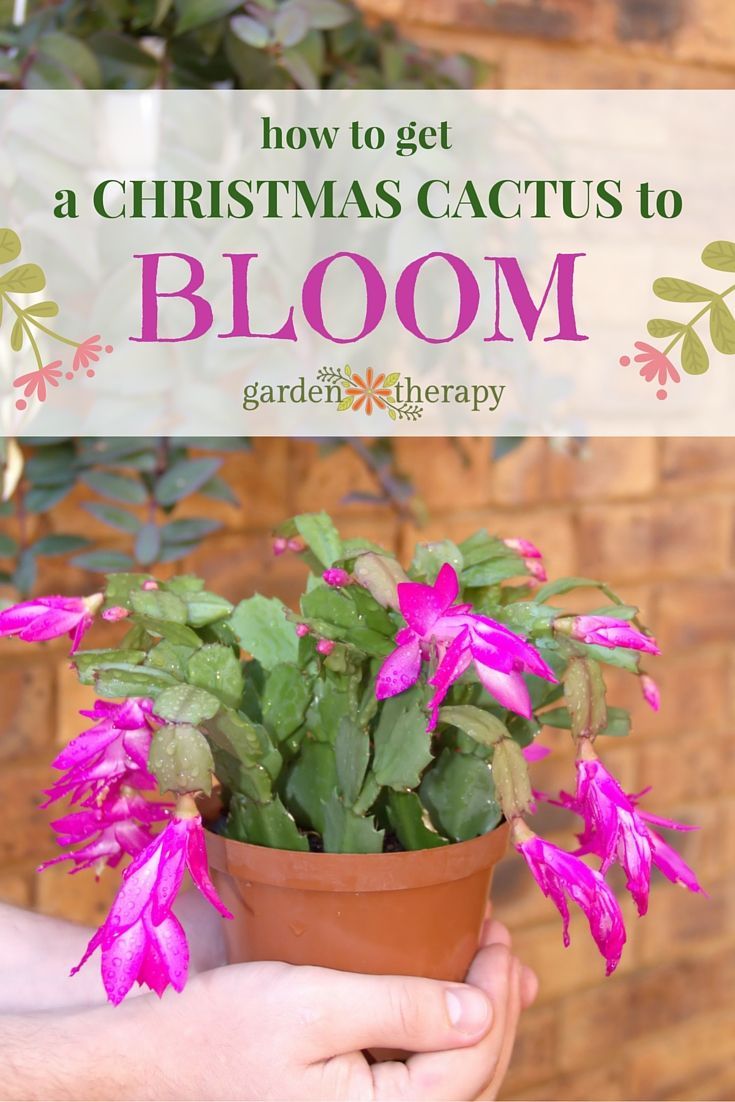The Marvelous Blooming of Christmas Cactus in Spring
Have you ever noticed a cactus blooming during spring? If not, then you should take a closer look at the Christmas cactus. Despite its name, this cactus species from the Schlumbergera genus blooms not only during the festive season but also in spring. The plant is native to Brazil, where it grows as an epiphyte on trees or rocks. However, it has become a popular houseplant worldwide due to its stunning flowers and low maintenance requirements.
Christmas Cactus Blooming in Spring: What You Should Know
If you're lucky enough to have a Christmas cactus at home, you might be surprised to see it blooming again in spring. But why does this happen? Here are some interesting facts about the blooming behavior of Christmas cacti:
1. Photoperiodism
Like many other plants, Christmas cacti rely on day length to regulate their growth and flowering. During fall and winter, the shorter days trigger the formation of flower buds, which remain dormant until they receive the right stimulus to bloom. In spring, the longer days and brighter light intensity can activate the buds and induce a second blooming cycle.
2. Temperature
Temperature is another factor that affects the blooming of Christmas cacti. These plants prefer cooler temperatures (around 60-70°F) while forming buds, but warmer temperatures (above 70°F) when flowering. Therefore, if you keep your Christmas cactus in a warm spot during fall and winter, it might delay or reduce its blooming in spring.
3. Watering and Fertilizing
Proper watering and fertilizing can also encourage the blooming of Christmas cacti. During fall and winter, the plants should be kept slightly drier than usual to promote bud formation. In spring, you can resume regular watering and apply a balanced fertilizer every two weeks to support healthy growth and flowering.
How to Care for Your Blooming Christmas Cactus
Now that you know why your Christmas cactus is blooming in spring, you might wonder how to care for it properly. Here are some tips to keep your plant happy and healthy:
1. Light
Christmas cacti prefer bright but indirect light. During the blooming period, they can tolerate more direct sunlight, but make sure to avoid scorching the leaves. If your plant doesn't receive enough light, it might have fewer flowers or drop the buds.
2. Watering
Water your Christmas cactus when the top inch of soil feels dry to the touch. Make sure to use well-draining soil and a pot with drainage holes to prevent waterlogging. During the blooming period, avoid overwatering or letting the soil dry out completely, as this can affect the quality and duration of the flowers.
3. Humidity
Christmas cacti appreciate high humidity levels, especially during the bud formation stage. You can increase the humidity around your plant by placing it on a pebble tray filled with water, misting it regularly, or using a humidifier.
4. Temperature
As mentioned earlier, Christmas cacti prefer cooler temperatures while forming buds and warmer temperatures while flowering. Therefore, you should avoid exposing your plant to extreme heat or cold, drafts, or sudden temperature changes.
5. Fertilizing
To support the blooming and growth of your Christmas cactus, you can apply a balanced fertilizer every two weeks during the active growing season (spring to fall). However, avoid fertilizing during winter or when the plant is dormant, as this can lead to salt buildup or burning.
FAQs: Your Questions Answered
1. Why is my Christmas cactus not blooming?
There could be several reasons why your Christmas cactus isn't blooming, such as insufficient light, overwatering, low humidity, incorrect temperature, or lack of nutrients. Try adjusting these factors and see if it improves the blooming behavior of your plant.
2. Can I propagate my Christmas cactus?
Yes, you can propagate your Christmas cactus by taking stem cuttings in spring or summer and rooting them in moist soil or water. Once the cuttings develop roots, you can transplant them into their own pots and care for them like mature plants.
3. Are Christmas cacti toxic to pets?
No, Christmas cacti are non-toxic to cats, dogs, and other pets. However, they might cause mild gastrointestinal upset if ingested in large amounts.
4. How often should I repot my Christmas cactus?
You should repot your Christmas cactus every 2-3 years or when it outgrows its current pot. Use a slightly larger container with fresh soil and good drainage, and avoid disturbing the roots too much.
5. Can I prune my Christmas cactus?
Yes, you can prune your Christmas cactus after the blooming period to promote bushier growth and remove any damaged or diseased parts. Use clean, sharp scissors or pruning shears and make cuts just above a leaf node.
The blooming of Christmas cacti in spring is a natural phenomenon that adds beauty and joy to our homes. By understanding the factors that influence their blooming behavior and providing proper care, we can enjoy their colorful flowers year-round. So go ahead, admire your blooming Christmas cactus, and share this knowledge with other plant lovers!










Post a Comment for "The Marvelous Blooming of Christmas Cactus in Spring"